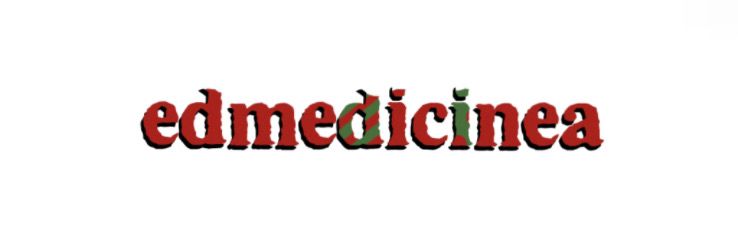We supply a comprehensive range of Low Smoke Zero Halogen
https://www.sunualszh.com/products/anti-cracking-lszh-sheath-compound.html
he cables are often referred to as ZHLS or halogen-free cables. They are designed with flame-retardant properties, making them flame-retardant low smoke (FR-LS) cables.
Unlike PVC or other compound-based cables, which release dense black smoke, toxic fumes, and corrosive gases when exposed to fire, LSZH cables emit minimal smoke and fumes and produce no acid gases. Being halogen-free, they are widely specified for indoor use, particularly in public spaces, hazardous environments, or poorly ventilated areas. Common applications include cars, aircraft, railway carriages, ships, tunnels, and underground rail networks.
The "Low Smoke" Element of LSZH Cables
According to Part B of The Building Regulations, a key planning and safety reference for England and Wales:
"The primary danger associated with fire in its early stages is not the flame itself, but the smoke and noxious gases it produces. These cause most casualties and can also obscure escape routes and exits. Measures designed to ensure safe evacuation must therefore include arrangements to limit the rapid spread of smoke and fumes."
Tests have shown that burning PVC can reduce visibility in the surrounding area by up to 50% within just 10 minutes, and by as much as 90% after 30 minutes, making evacuation extremely difficult.
In contrast, the BS EN 61034 standard specifies a smoke density test carried out in a sealed 3m × 3m × 3m chamber, often called the 3-metre cube test. A white light beam is projected across the chamber, and reductions in light transmittance are measured to assess smoke build-up. To qualify as “low smoke,” a cable must typically maintain a minimum light transmittance of 60%.
Recommended article:How Can Sodium Carbonate Revolutionize Cleaning Products?
The "Zero Halogen" Element of LSZH Cables
When PVC and similar cable compounds burn, they release hazardous chemicals such as hydrogen chloride (HCl), a highly toxic substance. When combined with moisture, HCl forms hydrochloric acid, which is both corrosive and dangerous. In the case of PVC, up to 30% of fire emissions can consist of HCl.
To address this risk, the BS EN 60754 standard specifies that LSZH cables must limit HCl emissions to no more than 0.5%.
LSZH vs LSF Cables
There is a common misconception that low smoke and fume (LSF) cables are the same as low smoke zero halogen (LSZH) cables. In reality, they are very different — and confusing the two could have serious, even life-threatening, consequences in the event of a fire.
Unlike LSZH cables, which are halogen-free by design, LSF cables are made from PVC compounds. Their “low smoke and fume” label comes from the addition of certain modifiers intended to reduce — but not eliminate — smoke and hydrogen chloride (HCl) emissions. Importantly, while LSZH cables are subject to strict international standards, no such standards exist for LSF cables. Tests have shown that some LSF cables can release more than 20% HCl when burning.
As a trusted supplier to the rail and metro industries, Eland Cables understands the critical importance of cable selection. Our technical team is available to guide you in choosing the right LSZH solution for your specific application, whether in building and construction, oil and gas, marine and offshore, or other demanding environments.


